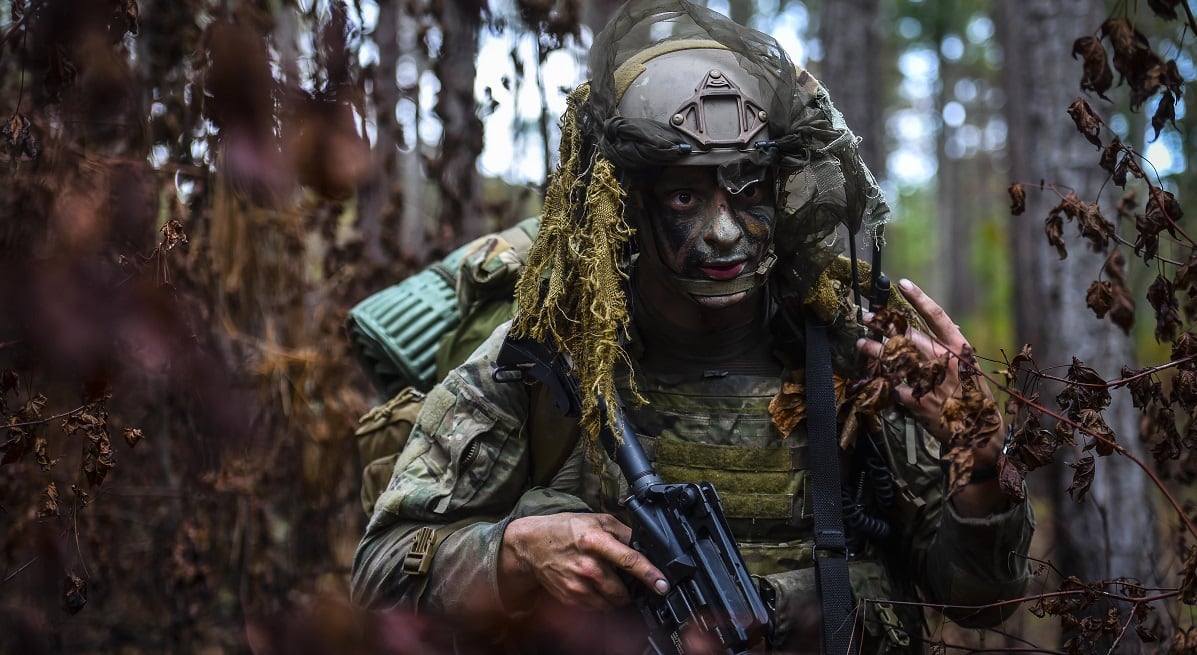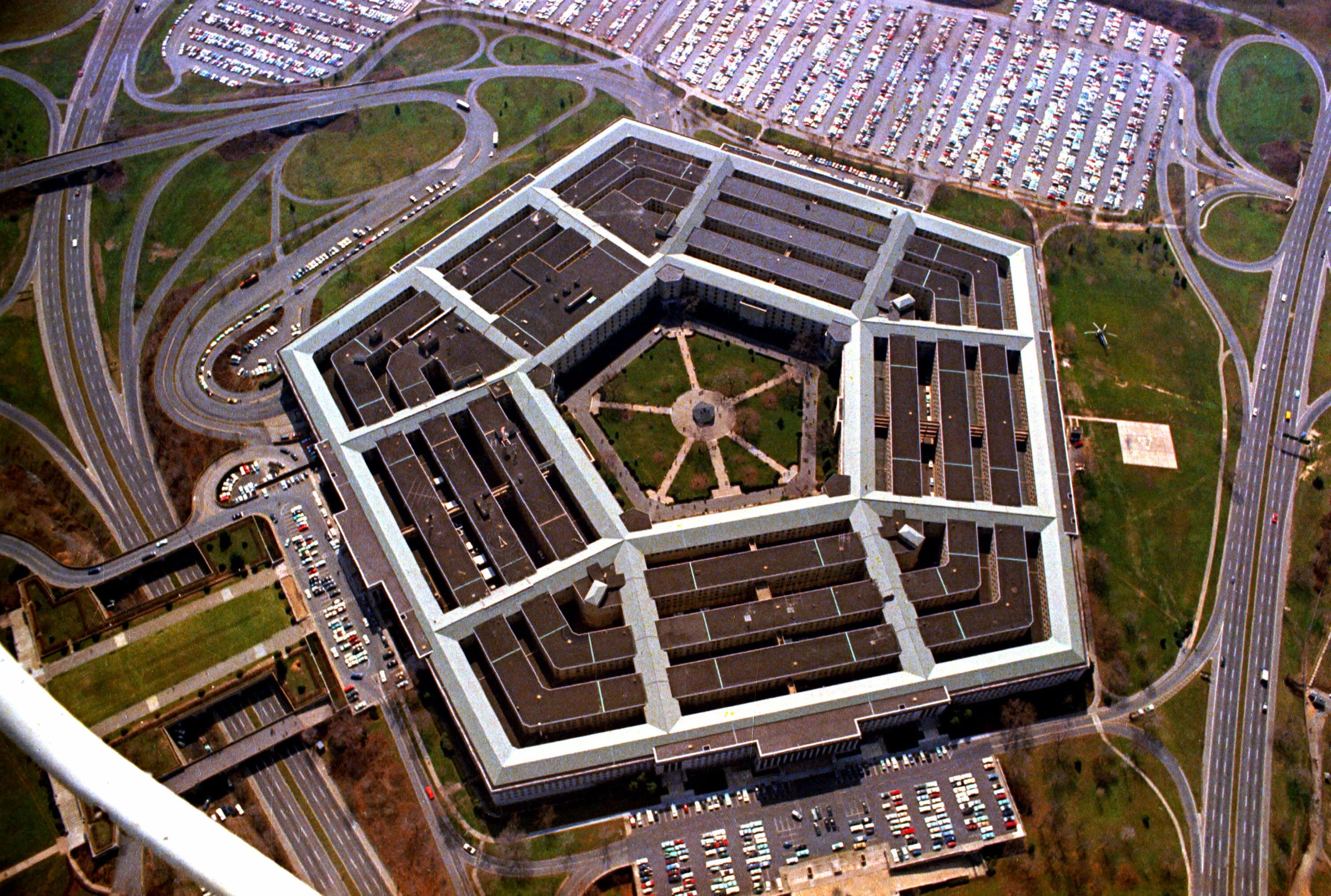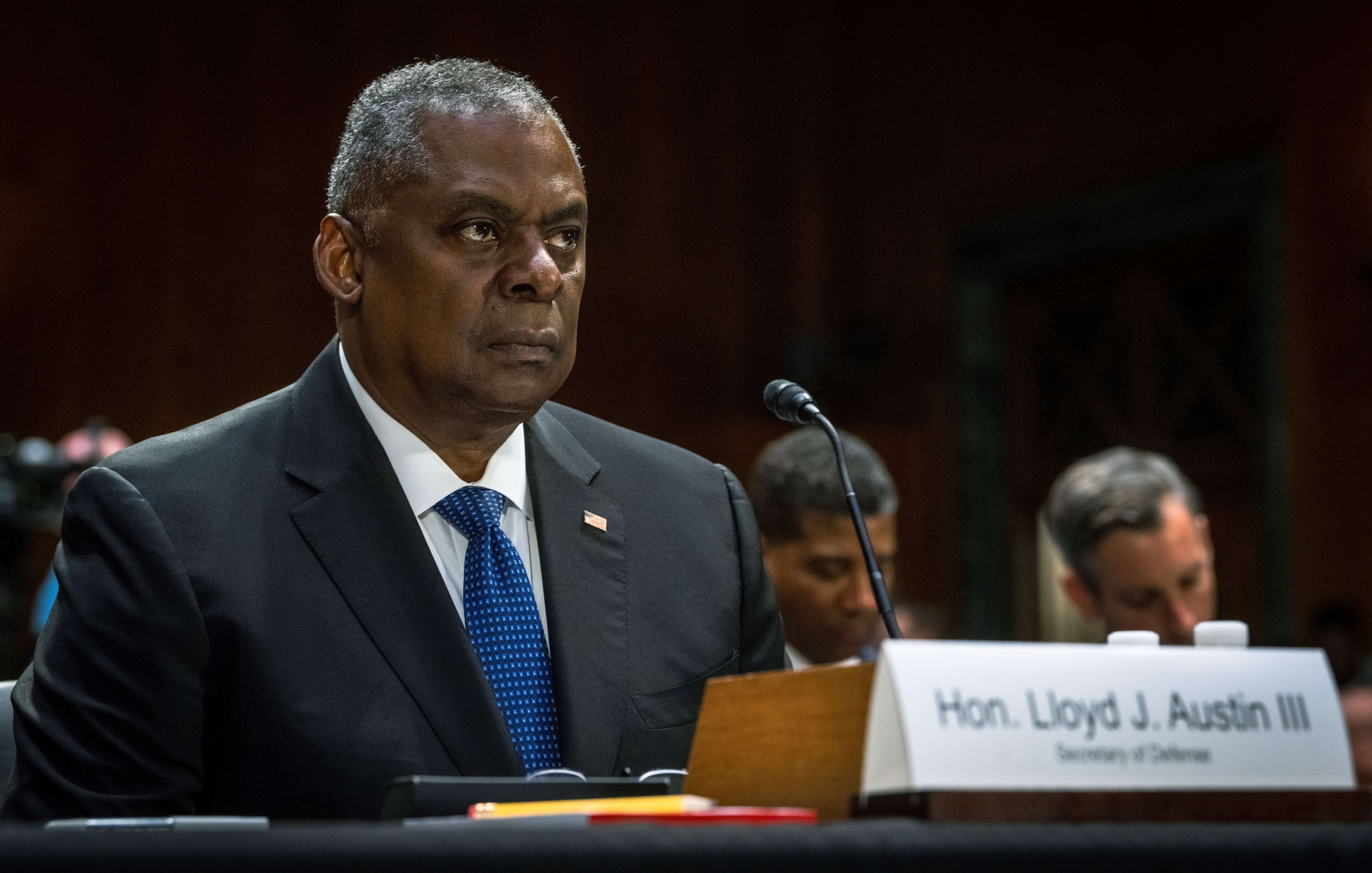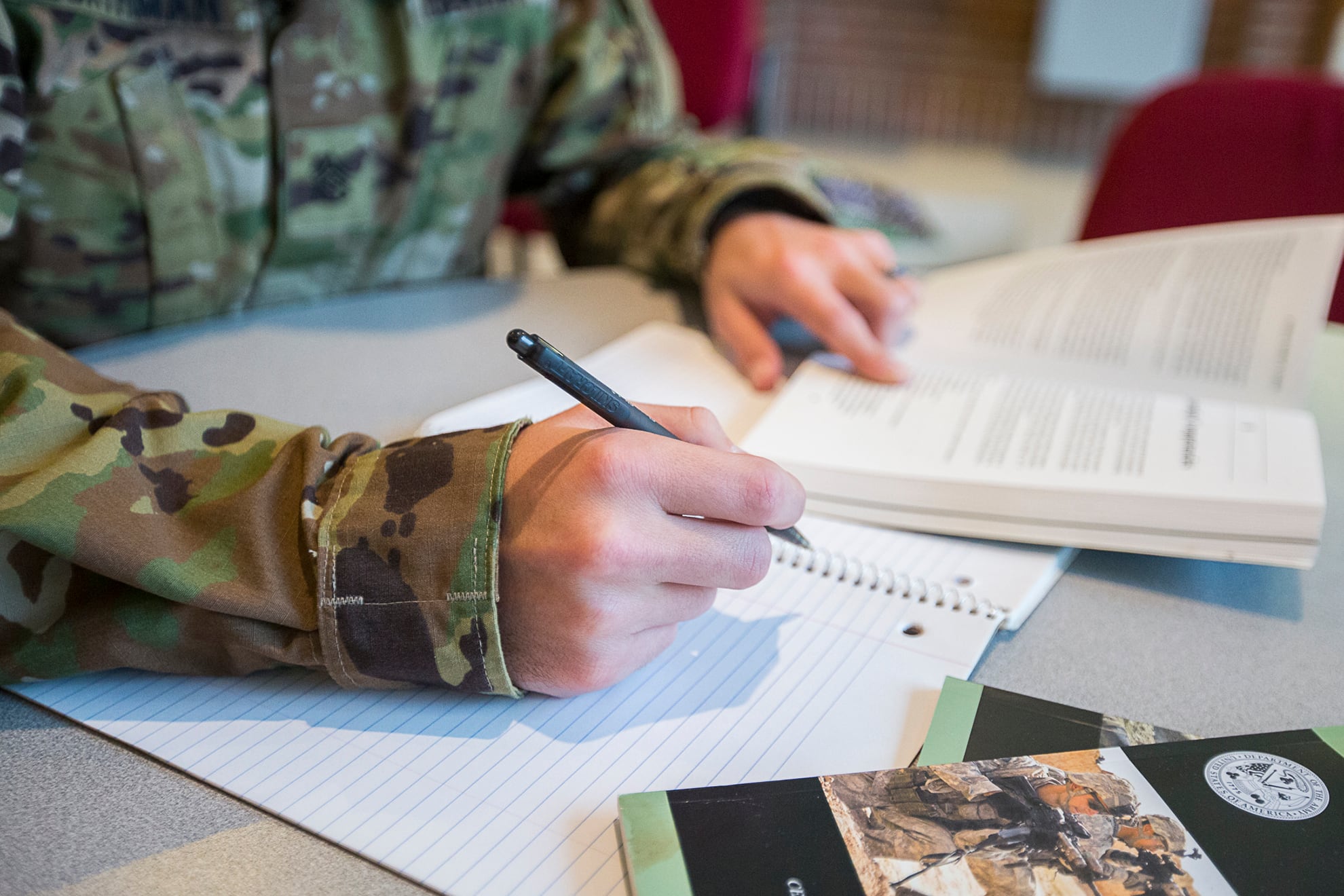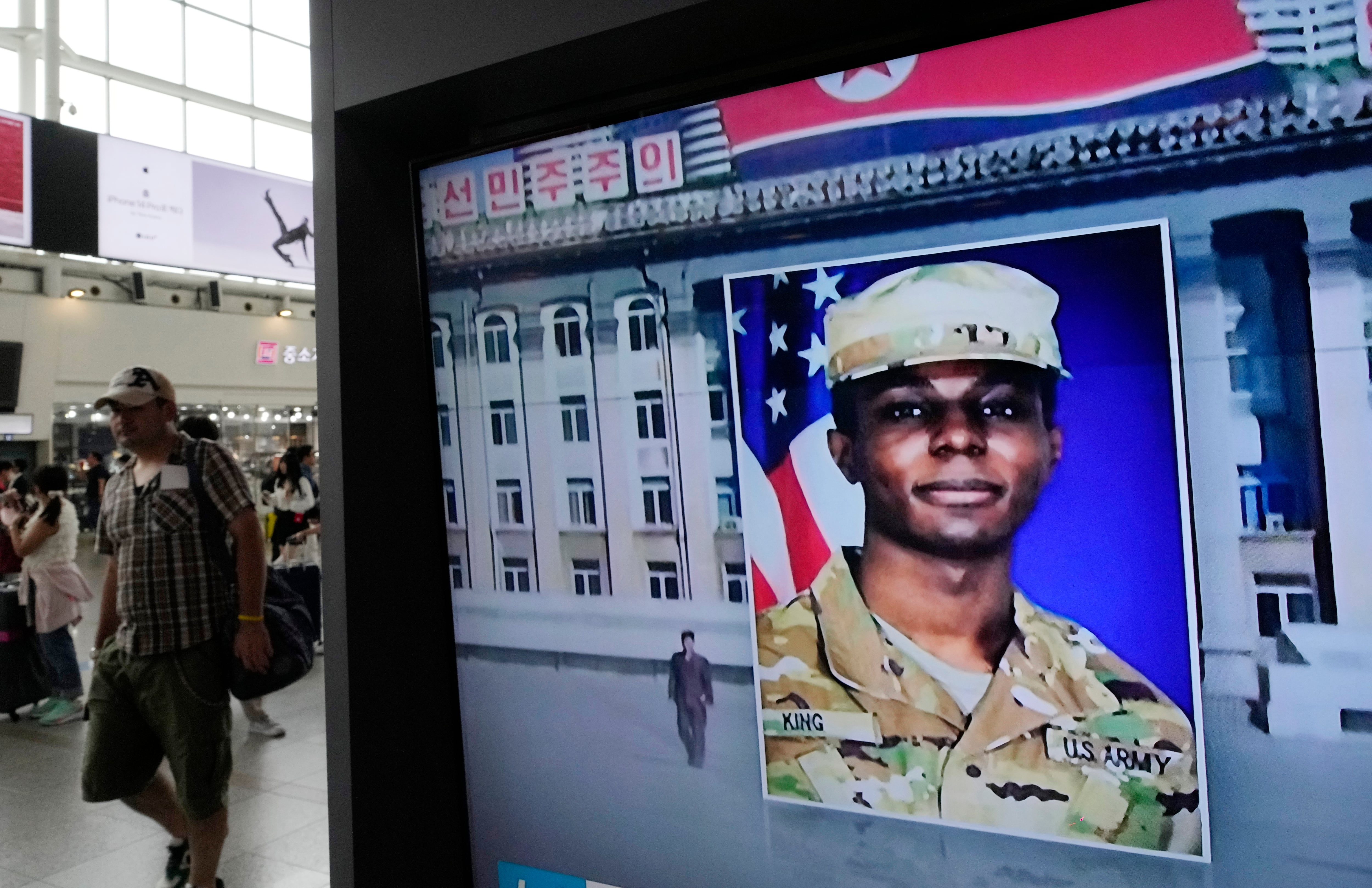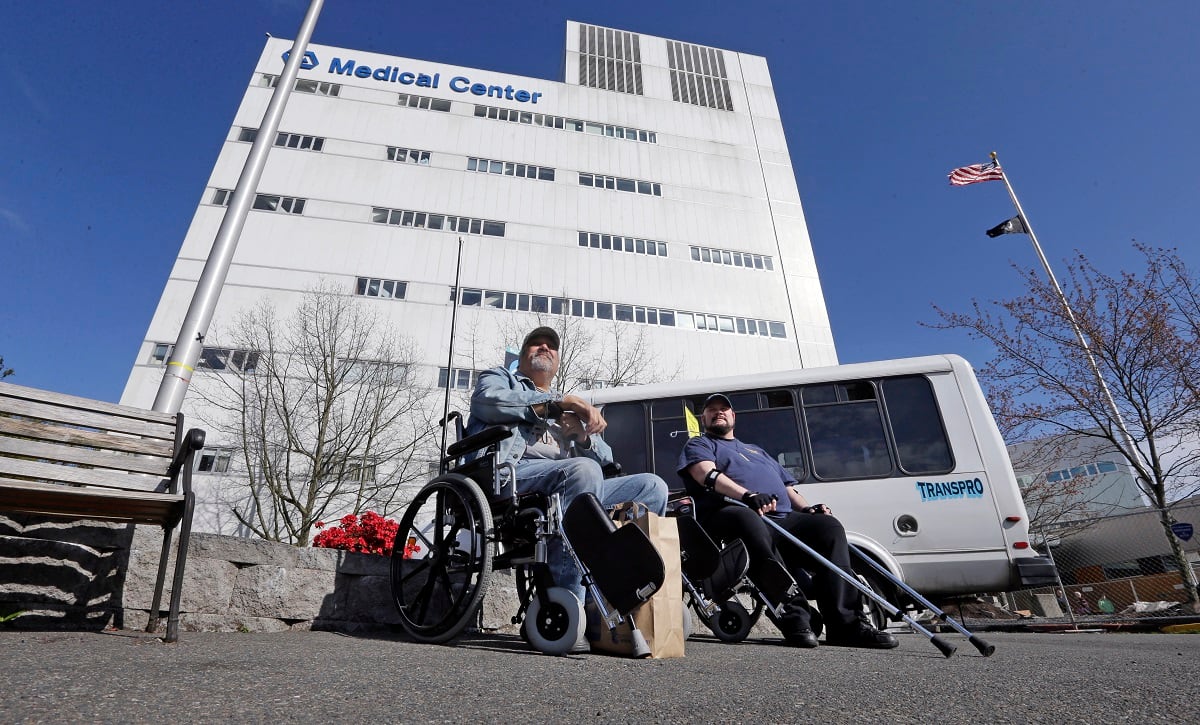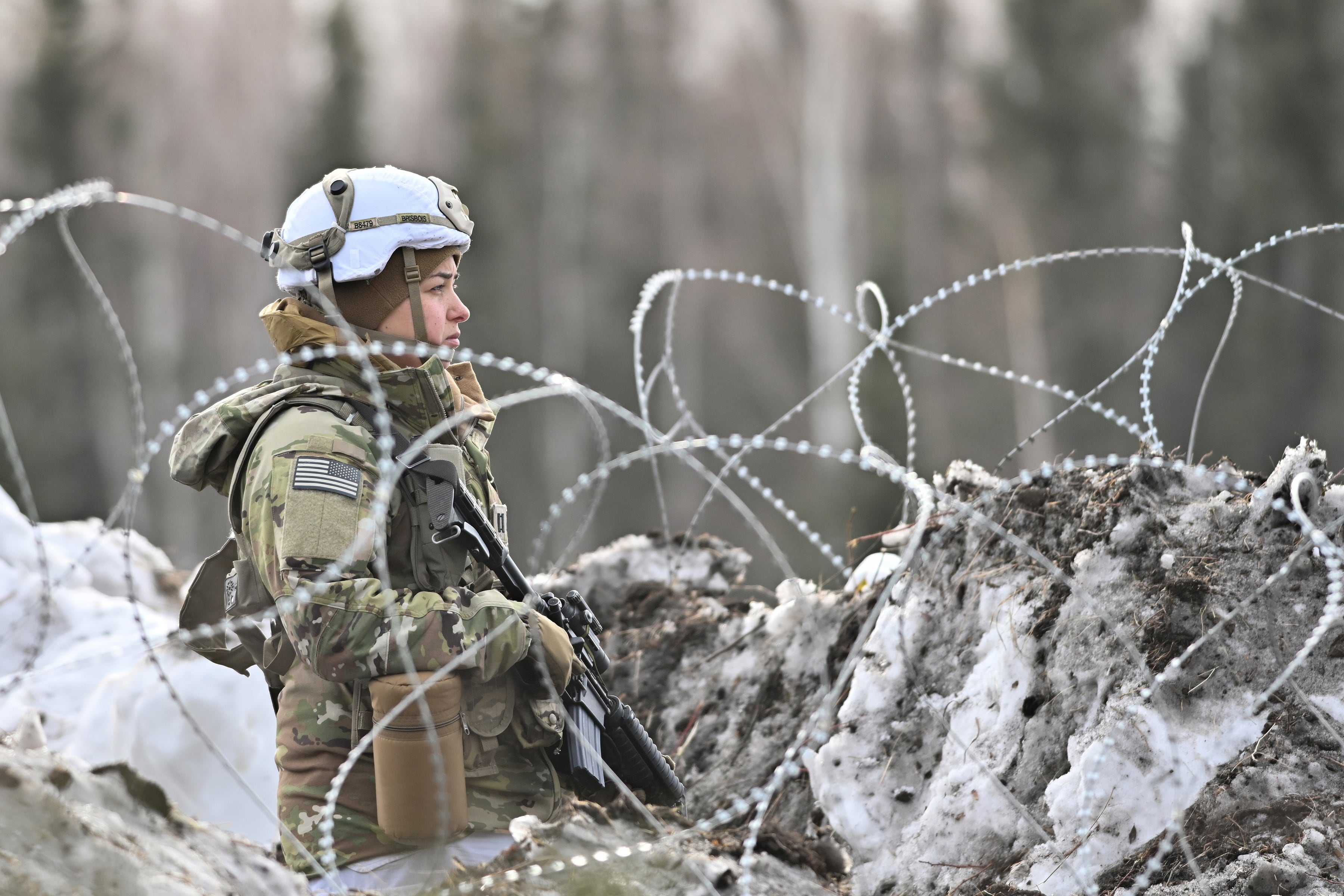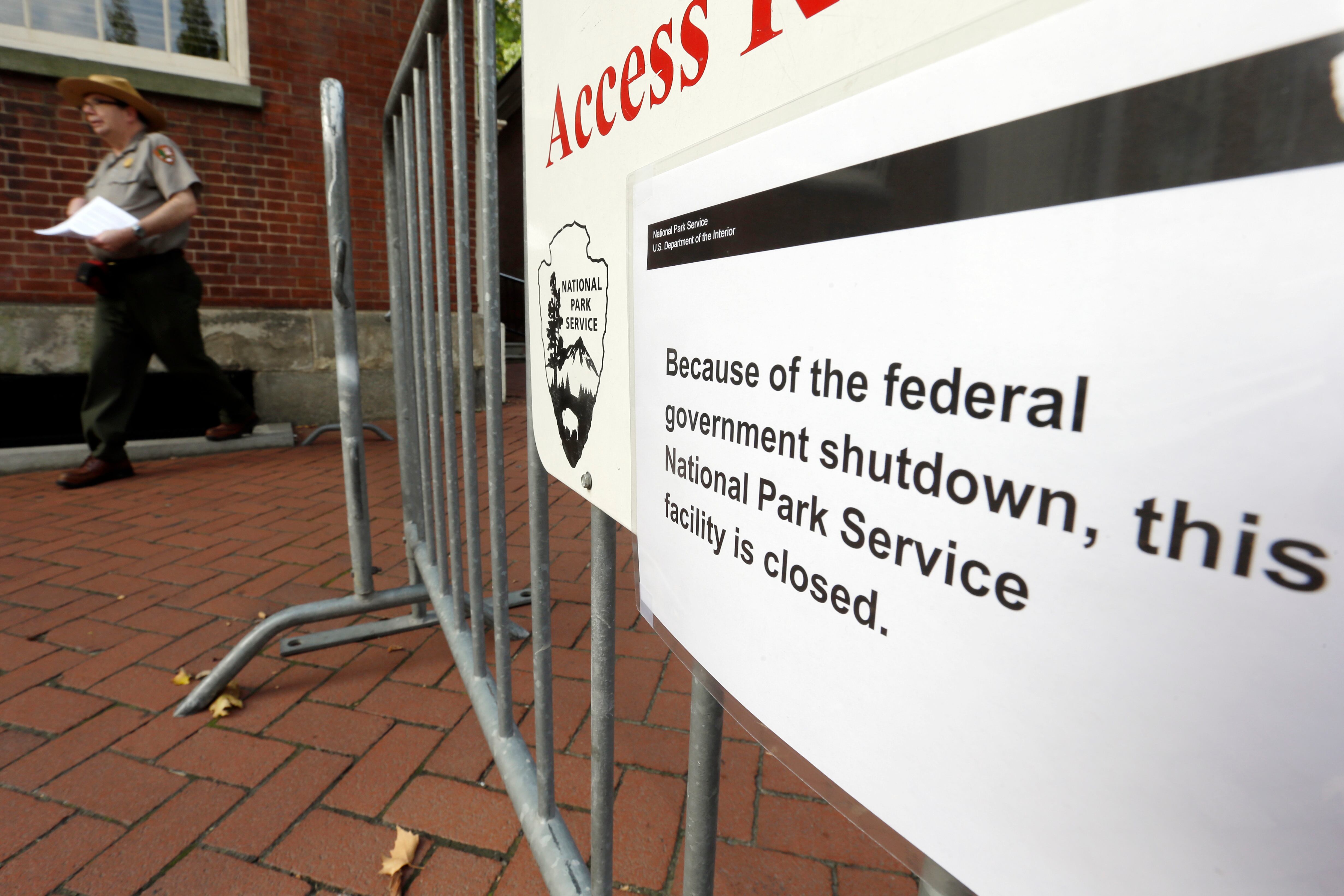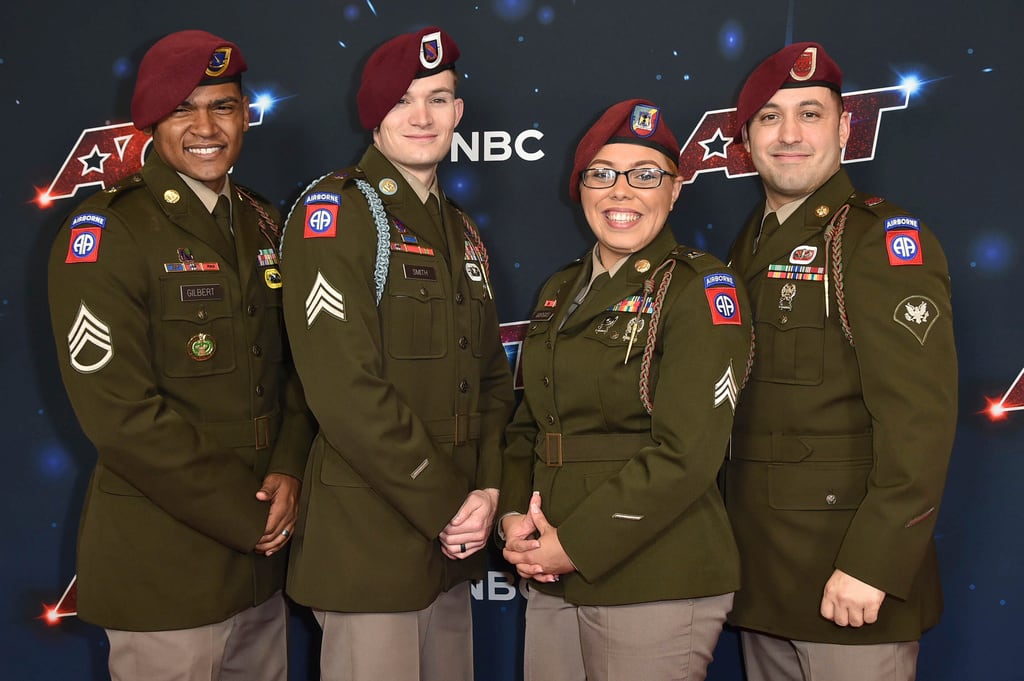The Air Force is considering major changes to how it organizes, trains and sustains its highly trained, elite battlefield airmen by 2030, according to a memo obtained by Air Force Times.
The July 13 memo, signed by Vice Chief of Staff Gen. Stephen Wilson, warns that “battlefield airmen are organized dysfunctionally” and that the Air Force “does not adequately leverage the land domain” to carry out its missions. In the complex, multi-domain battlefields of the future, the memo said, this vulnerability will likely limit the Air Force’s options and cost lives and resources unnecessarily.
But if battlefield airmen are used to their full potential as an “air-minded ground force,” the memo said, they can provide options for rescuing airmen, gaining access to trouble spots around the globe, and providing precision strike capabilities in all conflict situations. The proposal seeks to make battlefield airmen “the Air Force’s premier ground maneuver element,” capable of providing joint forces options for extending air power, as well as liaison and direct support.
“Bottom line, a fully leveraged Air Force ground maneuver element eliminates the need to ask another service to do what the Air Force should do ourselves,” the memo said.
Several changes to the organizational structure of battlefield airmen are necessary, the memo said. The seven career fields are spread across multiple major commands, while their training infrastructure, acquisition and budgetary programs do not cover the entire battlefield airmen enterprise.
The revamped structure would seek to move pararescuemen and combat rescue officers, who are now primarily under Air Combat Command, into special tactics squadrons and better integrate them into that world, alongside combat controllers and special operations weather team members who are already under Air Force Special Operations Command.
Along with combat controllers, SOWT airmen and special tactics officers, “they will transform from individuals in one-off organizations into standardized and integrated teams.”
Tactical air control party airmen and air liaison officers should remain in multiple conventional and special operations MAJCOMs, the memo said.
The memo also calls for a change in how TACPs are led. Their current leadership of rated officers will be phased out, and non-rated, career air liaison officers will be put in charge of TACP squadrons. This will ensure TACPs are led by “air-minded officers steeped in joint maneuver warfare.”
Other ground-based Air Force capabilities — such as explosive ordnance disposal; survival, evasion, resistance and escape; and some security forces airmen — also could be brought into the battlefield airmen enterprise. This would allow them to take advantage of adaptive basing and other capabilities that emerge, the memo said.
The memo highlights recent moves to stand up a specialized training wing and recruiting squadron focusing on special warfare airmen. And the Air Force will continue evolving its training of those airmen until there is a centralized recruiting, assessment and selection program for battlefield airmen.
It also raises concerns that many battlefield airmen end up “physically, mentally and psychologically broken due to their combat experience and service commitment.” The Air Force is eyeing a team of professional “human maintainers,” including coaches for strength, conditioning, swimming and running; nutritionists, psychologists, physical therapists, occupational therapists, sports medicine and operational medicine, as well as case managers.
Stephen Losey is the air warfare reporter for Defense News. He previously covered leadership and personnel issues at Air Force Times, and the Pentagon, special operations and air warfare at Military.com. He has traveled to the Middle East to cover U.S. Air Force operations.
Kyle Rempfer was an editor and reporter who has covered combat operations, criminal cases, foreign military assistance and training accidents. Before entering journalism, Kyle served in U.S. Air Force Special Tactics and deployed in 2014 to Paktika Province, Afghanistan, and Baghdad, Iraq.
